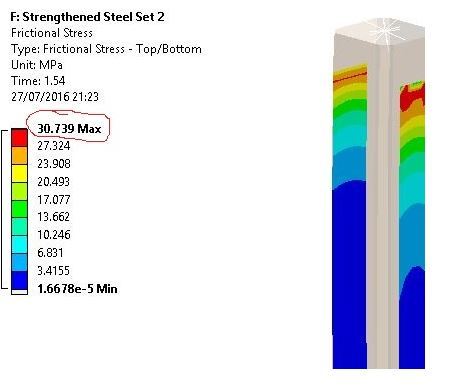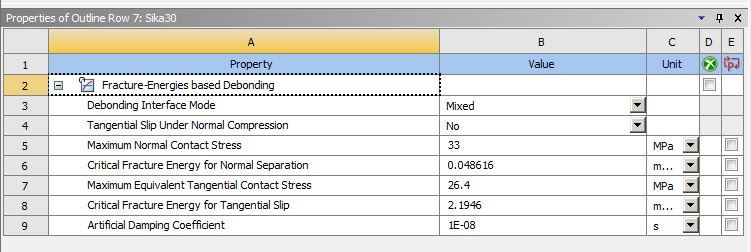Hello,
I am modelling the behavior of square hollow steel columns strengthened with CFRP plates in ANSYS Workbench. The CFRP plates are applied on opposite sides of the column to delay the occurrence of overall buckling. I have attached a picture of the cross section to explain the placement of the CFRP plates. My question is that in the current configuration, my model is failing due to debonding of the composite at the plate ends. In order to prevent the latter failure mode, I was wondering if it is beneficial to add 2 GFRP wraps at the ends of the column? The problem is I fail to visualize how these wraps would help prevent the end debonding. I would really appreciate if anyone with more experience could explain more clearly.
I am modelling the behavior of square hollow steel columns strengthened with CFRP plates in ANSYS Workbench. The CFRP plates are applied on opposite sides of the column to delay the occurrence of overall buckling. I have attached a picture of the cross section to explain the placement of the CFRP plates. My question is that in the current configuration, my model is failing due to debonding of the composite at the plate ends. In order to prevent the latter failure mode, I was wondering if it is beneficial to add 2 GFRP wraps at the ends of the column? The problem is I fail to visualize how these wraps would help prevent the end debonding. I would really appreciate if anyone with more experience could explain more clearly.


